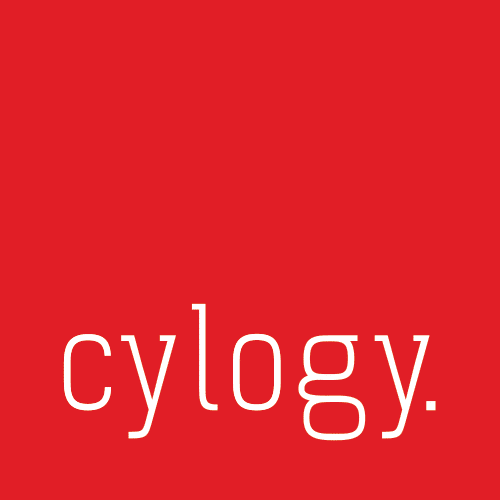We sometimes get asked what should be included in a content strategy. While there are no set rules, there are some core elements which we consistently find valuable.
The detail you choose to include in your content strategy may also vary depending on the stage of your project. You probably don’t need all the details of your content standards up front or how each content type will be laid out. However you will need a consistent strategy so that you can then define these details later down the line in a way that remains true to the strategic goals of your website.
Let’s explore some of the key elements to include in a content strategy.
1. What your website and its content is trying to achieve
Ultimately every website and the content have a purpose, and every content strategy needs to articulate that purpose. Perhaps you are supporting sales and growth through e-commerce or driving business leads, or you have a broader aim of growing brand awareness? Perhaps your organization has a mission or mandate to inform people about a particular issue or topic? Perhaps your website needs to help attract new talent for recruitment?
A content strategy needs to explain the ultimate objective or objectives of your website, for example expressed as a mission statement, a vision, or a set of guiding principles.
2. Insights into your audience based on research
Good websites are founded on a solid understanding of your audience and their behavior. The only way to do this is through user research, for example by analyzing current site metrics, feedback received from them, or even running interviews or a survey about needs, preferences, pain points and more. General external research about consumer habits, for example usage of mobile devices and buying behavior, is also key. A content strategy should refer to this research, making your strategy credible, and containing the useful detail where required.
3. Personas
One format for the output of user research are “personas” that represent an imaginary, typical user from different segments of your audience. These personas usually show a fictional person with indications of their interests, background, information needs, pain points, channels used, technology habits and so on. Personas become very useful in site, page and content design, focusing the mind of those involved on the user’s perspective. They also are essential in developing personalization strategies.
4. User journeys and user stories
User journeys and user stories help to establish some of the detail about the kind of things that site visitors want to do, and then the route and related actions by which they are likely to take them. These are usually again the output of user research.
For example, a user story might be “I want to find out about a job opportunity at the company in order to submit an application”. Sometimes user stories may be mapped to different personas. The user journey might be the steps they then go through to find the job opportunities
In considering user journeys you often need to consider the steps people currently take on your site and then the improved user journey people that you want people to make on the new site, perhaps involving fewer steps.
5. Content types and formats
A content strategy also needs to consider the different types of content and their formats. Content types might include news, people profiles, services, events, blogs and general content pages. Formats might include pages, videos and PDFs. Here, your content strategy may start to get more detailed, for example listing the elements on each page that will be defined in the layouts. Additionally, some of your content may be gated or not. All these details may need to be included in your content strategy.
6. Site metrics, content assessment and / or audit
You’ll also need details about the existing content on the legacy site. How did users interact with it? Is any of it being migrated to the new site? Does content need to be updated? Here the results of a content audit, content assessment and site metrics can help determine how content should be presented in your new site.
7. Information architecture and findability
Your content needs to be findable, not only through SEO and its appearance in Google, but also within the site information architecture. How do visitors find the content they need? Here user research and the different user journeys can be important input. Any content strategy needs to cover findability, for example considering the use of metadata, but also elements such as content signposting, cross-referencing, the site structure and the navigation.
8. Brand, design and usability standards
While any web project will include more detail on the design of your website, your content strategy needs to align with your intentions around brand, design and usability. For example, your use of images is an important part of any content strategy. Brand standards also don’t just relate to how your content looks but also the tone of voice. Is your content formal or informal, for example? Usability standards also will strongly impact on how your content is both formatted and laid out and even the format; do you really want to include PDFs on your website?
9. Publishing and content standards
A content strategy should also reference publishing and content standards that relate to the expected standard of content, but also have specific guidelines. Here there may well be some overlap between your content standards and your brand and design standards.
10. Content management and governance
Ideally, a content strategy should also cover the processes and governance measures in place that dictate how content gets commissioned, created and even archived. For example, does all content get created and reviewed by a central team? Do different people have responsibility for different areas? Do you work with a content calendar and, if so, who is responsible for it? When do certain types of content get removed from the site? You may not need to have all the detail in your strategy now, but it certainly helps to decide on matters such as approval processes and content calendars upfront.
11. Measurement and improvement
Measurement is important in improving content and needs to be part of your content strategy. This is likely to cover everything from views to audience engagement to readability scores. Thinking about measurement not only relates to the kind of analytics you will use, but also the processes around reporting and how you then act upon the numbers to improve your content.
Content strategy is critical!
Having a good content strategy is critical and can really help steer your website project and design. What you should include is up to you, but we’ve found many of the elements we’ve listed in this post have proved very useful. If you’d like to discuss content strategy for your website then get in touch.




